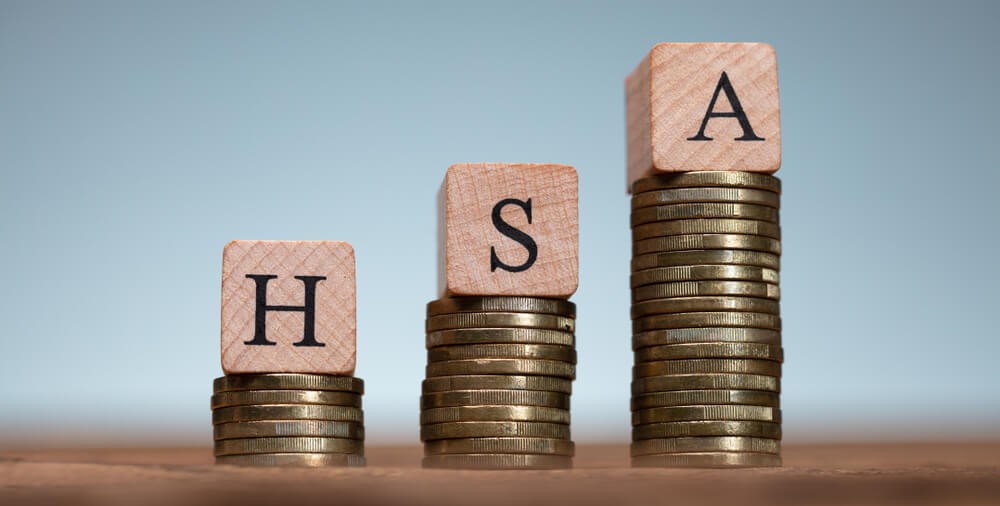If you’re on track to maxing out your 401(k) this year, congratulations! You’re building your nest egg while sticking it to the tax man, and doing so in the middle of a pandemic. Pat yourself on the back!
But before I go any further, let’s make sure we’re on the same page. I’ve chatted with dozens of people who told me with a straight face they were maxing out their 401(k) plans every year… except they weren’t. In fact, they weren’t even close.
They weren’t lying, of course. They legitimately thought they were maxing out their 401(k) retirement plans. But there’s a lot of competing terms here, and it’s easy to get them confused. So, today, we’re going to sort this out. You’ll want to pay attention because this can potentially save you thousands of dollars a year in taxes and hundreds of thousands over the course of your investing life.
Your employer might match your 401(k) contributions up to 3% to 5% of your salary. You should always contribute at least enough to take advantage of the maximum company match. But “matching” and “maxing” are not the same thing.
You can contribute up to $19,500 to your 401(k) this year, or $26,000 if you’re 50 or older. This is the maximum you can put in, not including your employer matching or any profit sharing.
Let’s play with the numbers. Let’s say you earn an even $100,000 per year and that you make it your goal to maxing out your 401(k) plan for the year. Let’s also say that your employer offers 5% matching. This is how that would shake out:
- You contribute: $19,500
- Your company contributes: $5,000 ($100,000 * 5%)
- Total going into your plan: $24,500
Maxing Out Your 401(k), HSA
OK. Let’s say you’re as fanatical as I am about saving and you’re maxing your 401(k) at the full $19,500. But now you’ve caught the saver’s bug and you want to save even more.
If your health insurance plan includes them, you can consider using a Health Savings Account (HSA) as an “extra” retirement plan.
 This requires a little explaining. HSAs are not designed to be retirement plans. They’re designed to help you save for health expenses by giving you a tax break. As with IRAs or 401(k) plans, any money you put into an HSA gives you an immediate tax deduction. A dollar invested in an HSA lowers your taxable income by a dollar. And you can take cash out of an HSA at any time tax and penalty free if you use it to pay for qualifying medical expenses.
This requires a little explaining. HSAs are not designed to be retirement plans. They’re designed to help you save for health expenses by giving you a tax break. As with IRAs or 401(k) plans, any money you put into an HSA gives you an immediate tax deduction. A dollar invested in an HSA lowers your taxable income by a dollar. And you can take cash out of an HSA at any time tax and penalty free if you use it to pay for qualifying medical expenses.
But here’s where it gets fun. No one says you have to spend the money. You can leave the cash in the HSA account and invest it in stocks, bonds and other investments. Once you turn 65, you can take the funds out for nonmedical purposes penalty free.
You’d still owe taxes on it, but the same would be true of any cash taken out of an IRA or 401(k) plan.
So, you can effectively use an HSA as a “spillover” IRA for extra cash you want to invest tax deferred after maxing your 401(k) for the year.
And here’s another fun little kicker. Unlike IRAs and 401(k) plans, HSAs don’t have required minimum distributions (RMDs). In normal retirement accounts, the IRS forces you to pull a certain amount out of your account every year after you hit the age of 70 ½. HSAs don’t have that requirement, meaning you can let your funds grow and compound tax-free well into your golden years.
In order to use an HSA you have to also have a high-deductible health plan. Those with individual plans can contribute up to $3,550 per year (or $4,550 if you’re 55 or older). Those with family plans can contribute up to $7,100 per year (or $8,100 if you’re 55 or older).
If you’re already over the age of 65 and on Medicare, you generally can’t add new money to an HSA plan. But if you’re under the age of 65 and are looking to lower your tax bill and turbocharge your retirement savings, the HSA can be a great way to do both.
• Money & Markets contributor Charles Sizemore specializes in income and retirement topics, and is a frequent guest on CNBC, Bloomberg and Fox Business.
Follow Charles on Twitter @CharlesSizemore.





